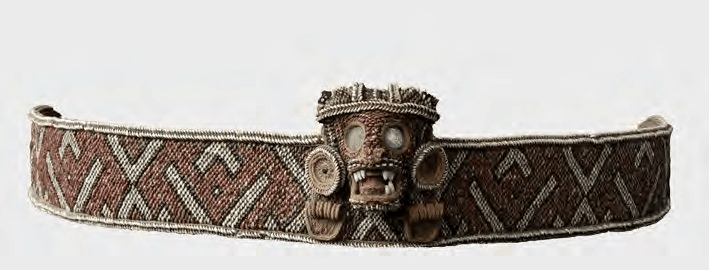Francisco Moscoso's Cacicazgos en el caribe y continente americano was something of a disappointment. We were hoping for a detailed comparative analysis of the cacicazgo among the Taino, Muisca and Nicarao but the chapters were too brief to flesh out a full analysis. This is no surprise, since the book was part of a chapter of a UNESCO General History of the Caribbean series. However, we still hoped for something new or deeper here. For those who have already read Moscoso's work on the Taino chiefdoms or his work on precolonial Nicaragua, this study basically restates the general proposition of the cacicazo as a state of political development somewhere between the tribe and the state. In general, all three of the highlighted indigenous civilizations here were somewhat similar in that all developed systems of tribute, caciques, some degree of stratification, and a form of production beyond that of bands. Assuming one shares his view on the historical stages of production societies undergo, Muisca, Nicarao and Taino are all similar. However, the Nicarao case does seem to be, in part, a product of ancient Mesoamerican migrations and cultural influences which might explain some of the features of the Nicarao civilization. Nonetheless, it is important to recognize and study the specific transitional state of development represented by the cacicazgo. As something akin to an incipient state, elucidating its origins could shed light on the process of state formation elsewhere.

No comments:
Post a Comment